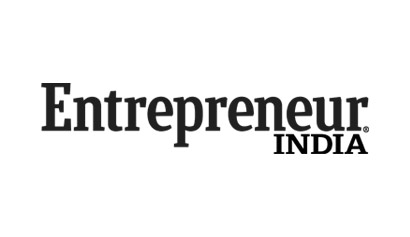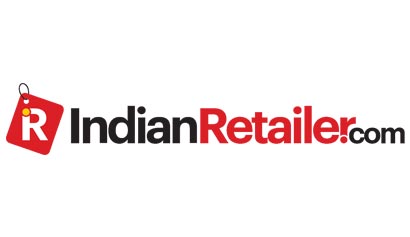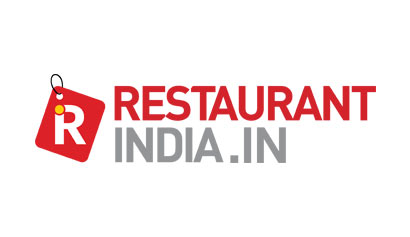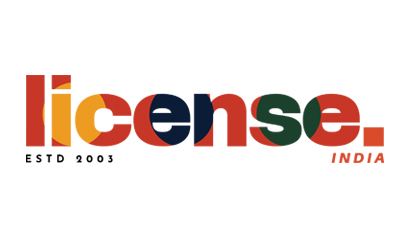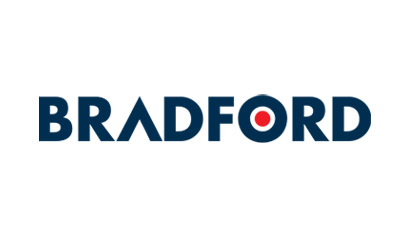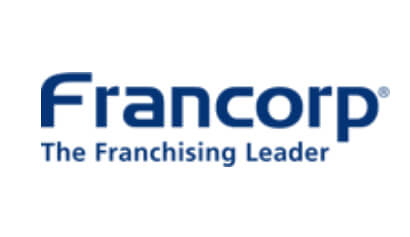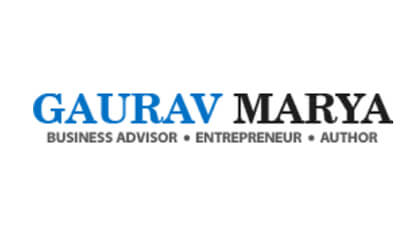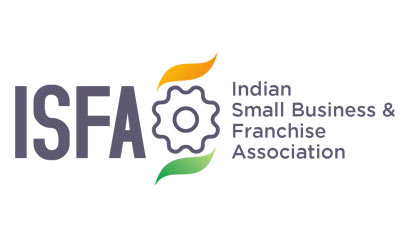To get access to over 10000+ Franchise Business Opportunities.
Network with the growing Business Community to get expert interventions to let you learn to Grow & Expand your Business with Franchising.
The accessories market is growing. Where? In tier II and III cities. It's not that only people living in metros want better lifestyle and products, most small towns have an equally evolved consuming audience. The only difference is that till now, marketer
TIER II and III towns across India seem to be on a definite roll since the last few years, scoring an edge over urban counterpart. Rolling the red carpet for brands, which were till the last few years yearning to have a foothold amidst the cut-throat competition in the matured metros, tier II and III towns have surfaced as the secure growth ground for brands in the fashion accessories segment. While several regional and international brands are already reaping rich dividends, others in the brethren are contemplating expansion strategies.
Business potential
According to international business consultancy and market research firm Ace Global, the Indian fashion accessories market is pegged at nearly Rs 2,000 crore, of which bags, shoes and belts account for more than 50 per cent. While the Indian metros continue to be the launch pad for plethora of brands, tier II and III cities are showing significant development. Accessories like travel gear, watches, eyewear, belts, bags, shoes and jewellery flying off the racks is an evidence of business success, especially through the franchise format. Justifying this trend, Prateek Maheswari, Founder and Director of Brand Concepts Pvt. Ltd and licencee of Tommy Hilfiger luggage, travel gear and accessories, explicates, “Tier II and III cities have great hidden potential and very less avenues for people to shop. We thought entering these cities would be far easier, as high street shopping largely prevails in these markets unlike metros where it's a mall culture and hence, store opening is dependent on their churn out.”
Fashion quotient
As branded players like Tommy Hilfiger, Titan, Liberty, Hidesign, Titan Eye Plus continue to grow, the success rate across tier II and III towns is clearly visible. So are the metros saturated? Dismissing this fact, Anupam Bansal, Executive Director, Liberty Group, explains, “It's not the saturation in the metros. Basically it's the immense potential and opportunity that prevails in the tier II and III cities. The RoI is higher, the cost of rentals is lower and a bulk of population is settled in tier II and III cities. This makes them the preferred destination for our brand. Besides, the cost of running a store is comparatively lower.” Avers Maheswari, “Few cities like Ahmedabad, Pune and Chandigarh are in no ways less than metros. There are some beautiful projects shaping up in these cities that will change the definition of the shopping experience.”
Several aspects need to be looked upon both by the franchisor and the franchisee in tier II and III towns. These include customisation, pricing strategy and choice of the right location. Justifying the need for customisation, Bansal quips, “The product mix obviously changes from region to region and that tier II and III cities are obviously a part of that aspect. The pricing strategies also change. It is usually kept between Rs 500-1,000. We, at Liberty, want to be aspirational for our brand and at the same time provide great value for money to our consumers. The burgeoning middle class in India is evidence enough of the growth in tier II and III cities.” Similarly, location plays a pertinent role when franchise success comes to the purview. Says Maheswari, “We look for locations that are prominent and near the colonies dominated by upper middle and upper class societies.” About training and support, Arun Narayan, Head, Sales and Retail, Titan, explains, “We have a dedicated training cell with regional coordinators to drive training across all our stores. Training includes selling skills, attitudinal/customer service and store operations across different certification levels.”
Fashioning expansion
Several brands are charting out expansive strategies in tier II and III cities. “We are opening a showroom in Bijapur that measures around 2,500 sq.ft. We would be providing the best of brand experience to our customers on a par with any metro,” discloses Bansal. Similarly, says Narayan, “We are largely looking at high streets across towns with focus on the north and west where our presence is relatively weaker, especially Gujarat, UP, Punjab, Rajasthan and Haryana and in Shillong, Guwahati and Silchar in North East.”
Speed-breakers
While setting up a brand in a metro entails stiff competition and sky high real estate costs, challenges also arise in tier II and III towns. Explains Maheswari, “For Tommy Hilfiger luggage, the main challenge has been store look/interiors. It's the first premium fashion brand to be launched in luggage in India and hence, its store experience has to be at a different level all together as compared to other luggage brand stores.” Elucidates Bansal, “First and foremost, understanding the market and lifestyle pattern of the customers were a challenge. The problems had emerged in operational, training, HR and maintenance departments due to lack of trained manpower. To overcome these drawbacks, we doled out extensive training and support to our staff as well as our franchisees.”


Business Opportunities
Browse By Investment Range
Browse By States
Popular Cities




